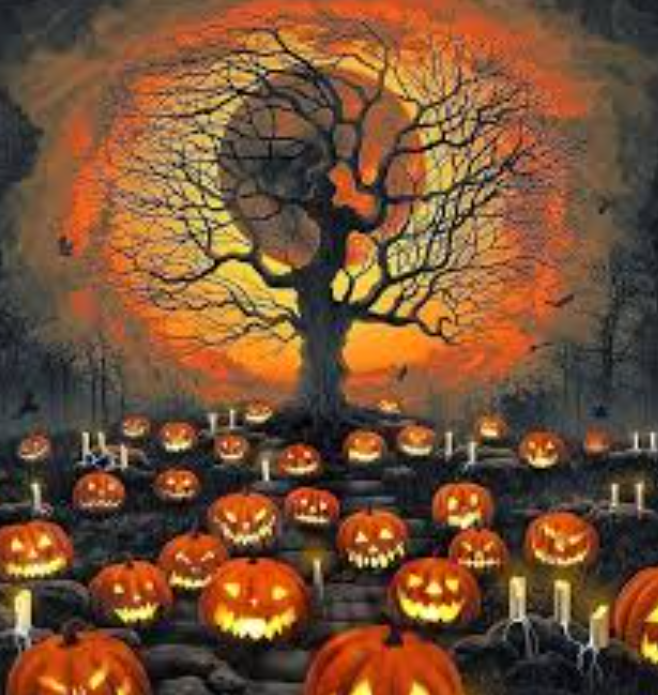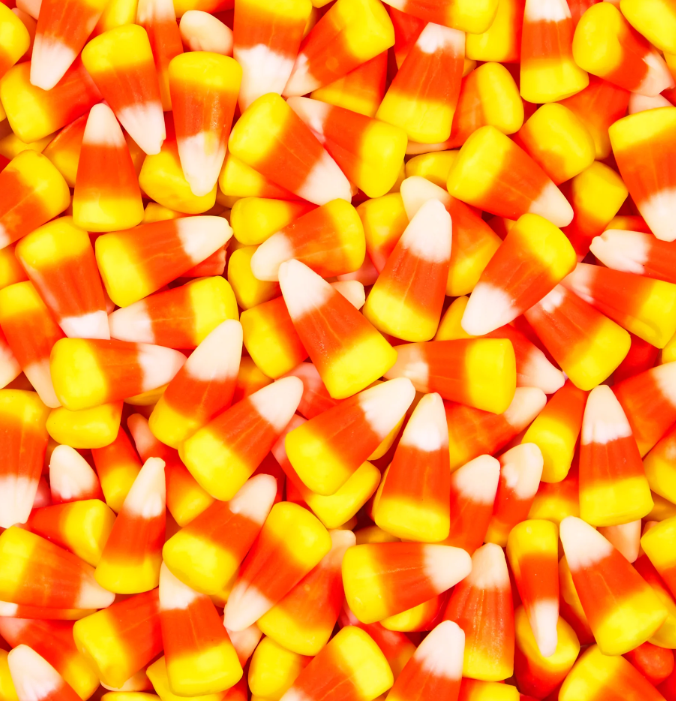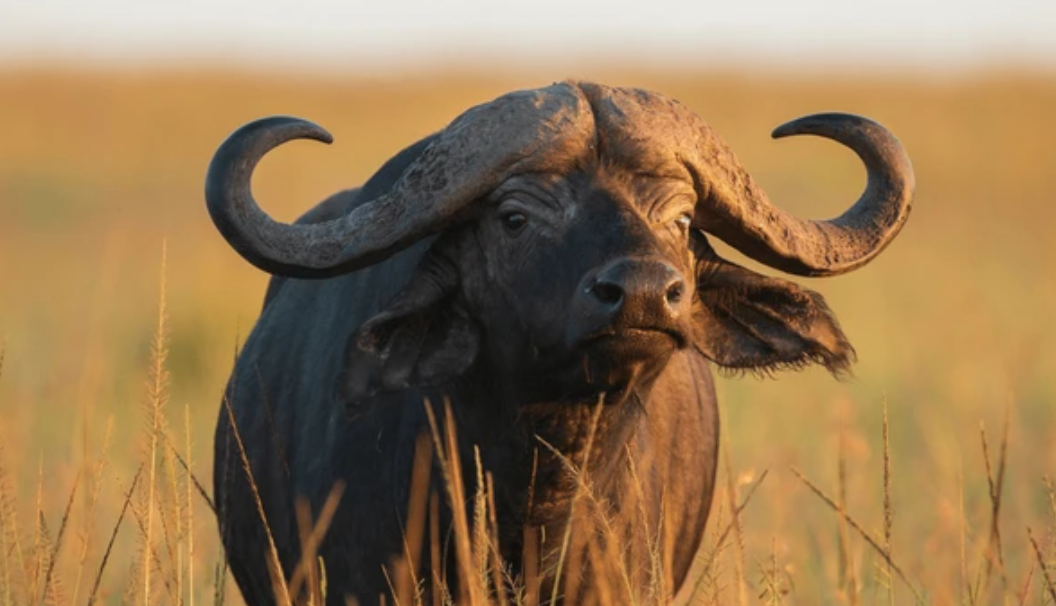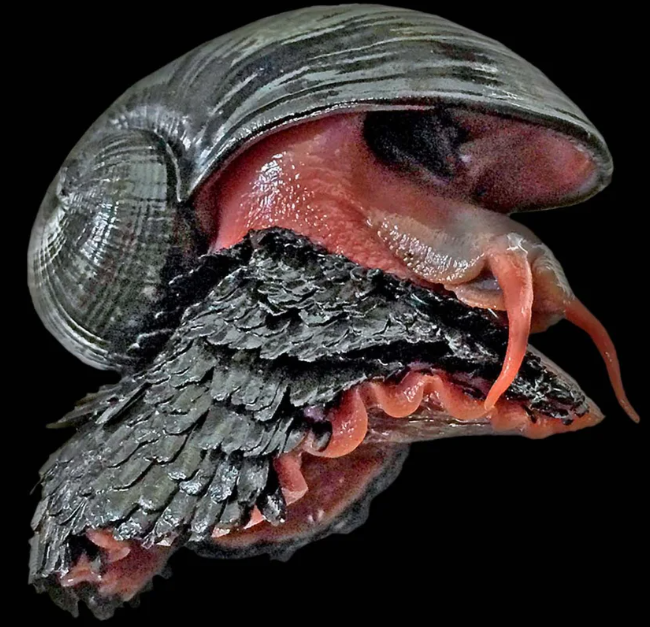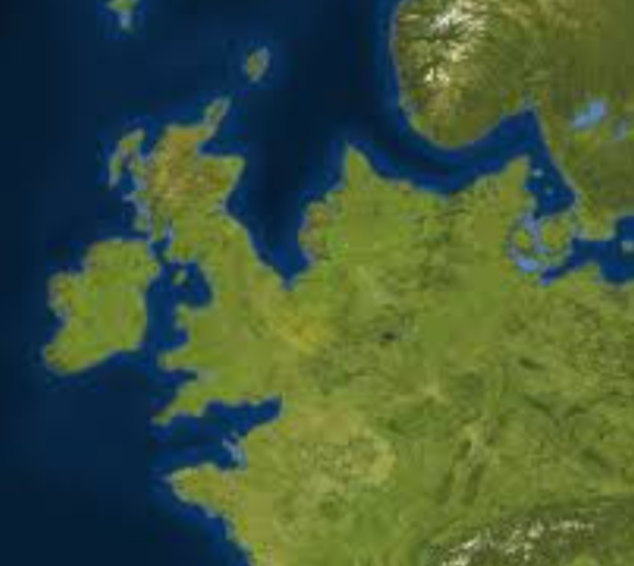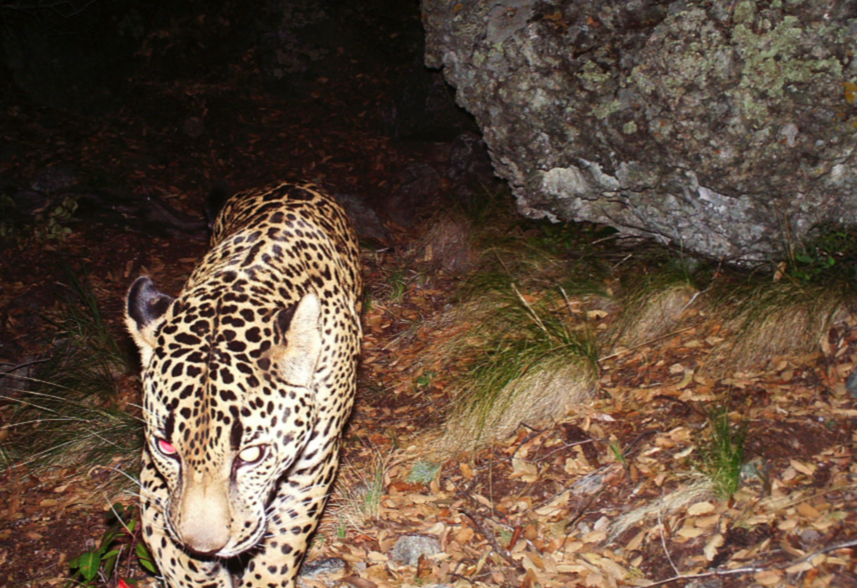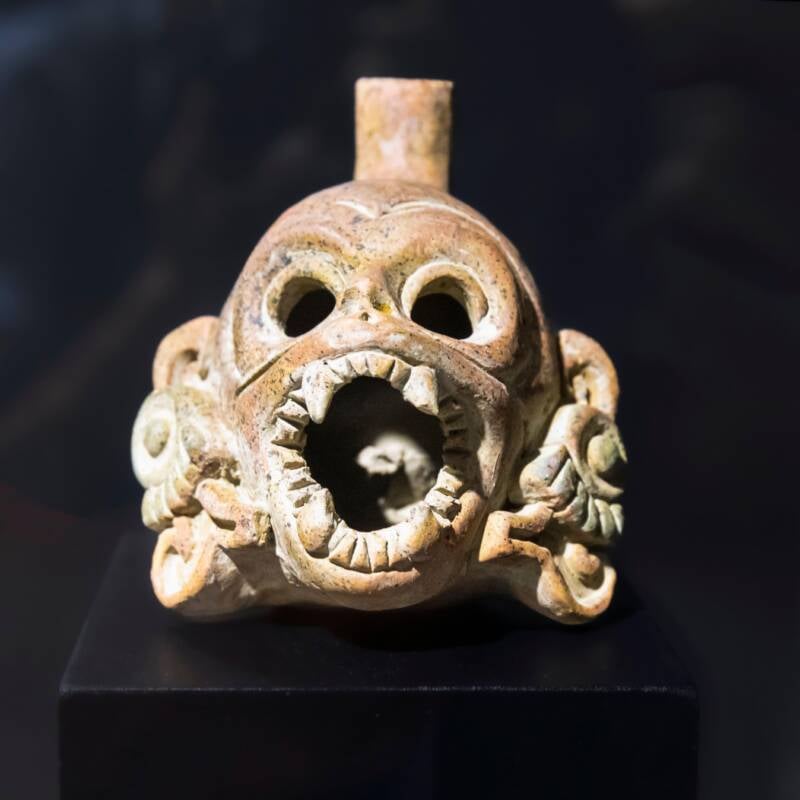Halloween, the holiday of carving pumpkins, wearing costumes, and, most importantly, trick-or-treating. Who would’ve thought that it had originally been about dealing with dead people? Wait, what? About 2,000 years ago, the Celts held a festival marking the end of the harvest season and the beginning of winter, which is still celebrated by their descendants to this day, Samhain. The Celts believed that during this time of the year, the boundary between the world of the living and the dead blurs, allowing the spirits of the dead to roam the earth. At first glance, you wouldn’t believe how these two celebrations are related. “Dead people? What are you talking about?” I honestly wouldn’t blame anyone. How on earth is a holiday meant for fun connected to a pagan festival? The festival of Sanhaim was celebrated from October 31 to November 1, being one of the four quarterly fire festivals celebrated by Ancient Celts. Imbolc (February 1st) for spring, Beltane (May 1st) for the beginning of summer, Lughnasadh (August 1st) for the harvest season, and Samhain.
Unlike popular modern misconceptions, Samhain is not a Celtic god, but merely the name of the festival. It is celebrated through rituals and dressing up as animals or monsters, due to the belief that fairies would attempt to kidnap them. Samhain is associated with its own unique monsters, including the Dullahan, a headless horseman often seen as a harbinger of death. Another creature is the Puca, a shape-shifting spirit known for its mischievous nature. Additionally, there is Y Ladi Wen, the headless woman dressed in white. Other notable entities include the banshee, a wailing woman, and a group of hunters called the Sluagh, who are said to fly through the sky and kidnap people during Samhain.
Over the years, the celebration has undergone numerous changes to conform to modern beliefs. With the rise of Christianity, but with paganism still being the dominant religious practice during the early Common Era, particularly in the Roman Empire, the Christian Church needed a way to convert people into believers. And with their attempts, the Church adapted and Christianized many pagan festivals and holidays. Saturnalia, the Roman festival held in the winter to honor the god Saturn (the Roman version of the Greek Kronos), was such an example, in which early Christians absorbed some aspects of the festival to create what we now know as Christmas.
Originally, All Saints’ Day was celebrated in May before Pope Gregory III moved the festival to
November 1st. The evening before the festival, October 31st, became known as All Hallows’ Eve,
which eventually evolved into Halloween when Irish immigrants came to America. In addition to the
transfer of All Saints’ Day, the church made November 2 All Souls’ Day, adding to the belief that the
church was attempting to replace Celtic festivals with their own Christianized ones.
Now, in the Modern era, many of the Halloween superstitions and religious associations have
diminished in significance and simply become a day for entertainment.
which eventually evolved into Halloween when Irish immigrants came to America. In addition to the
transfer of All Saints’ Day, the church made November 2 All Souls’ Day, adding to the belief that the
church was attempting to replace Celtic festivals with their own Christianized ones.
Now, in the Modern era, many of the Halloween superstitions and religious associations have
diminished in significance and simply become a day for entertainment.



